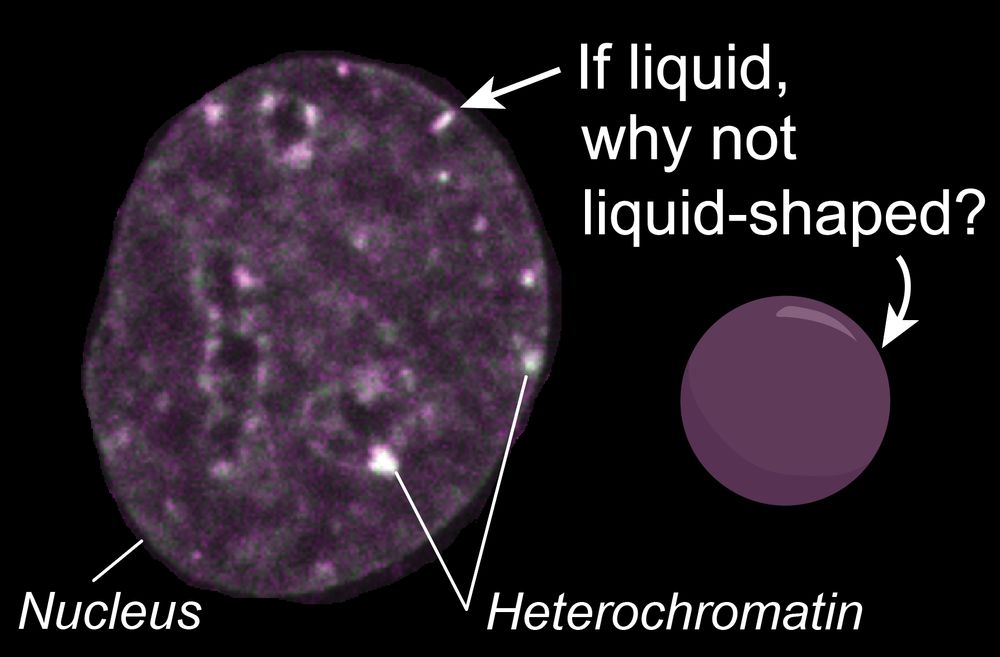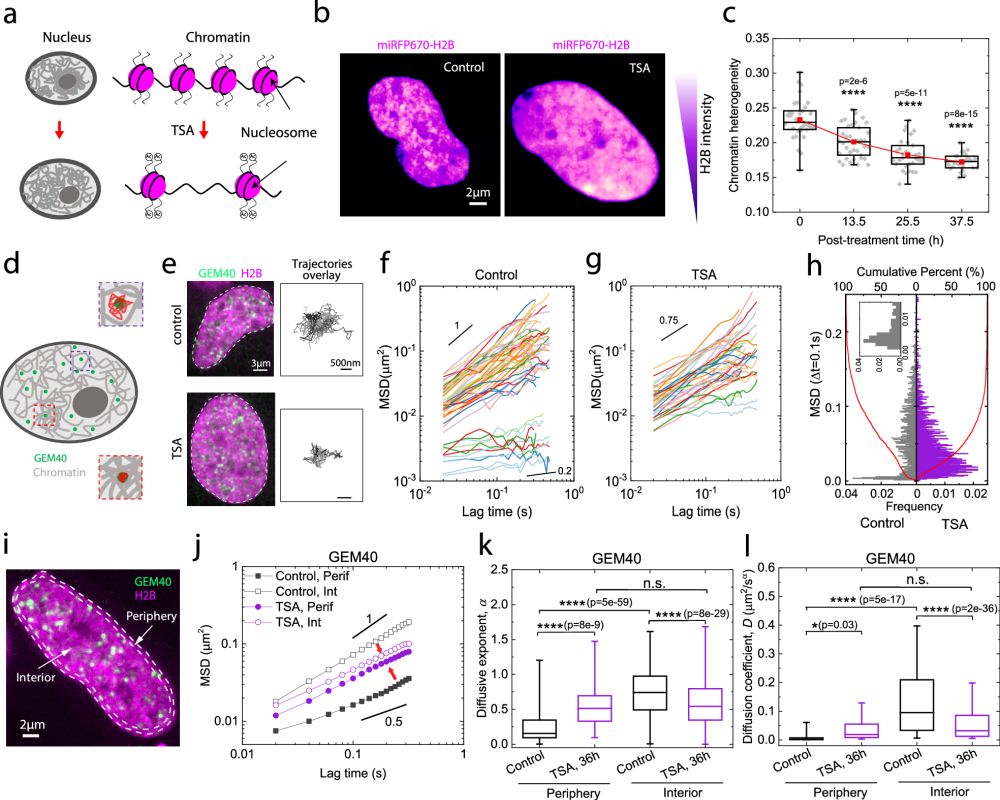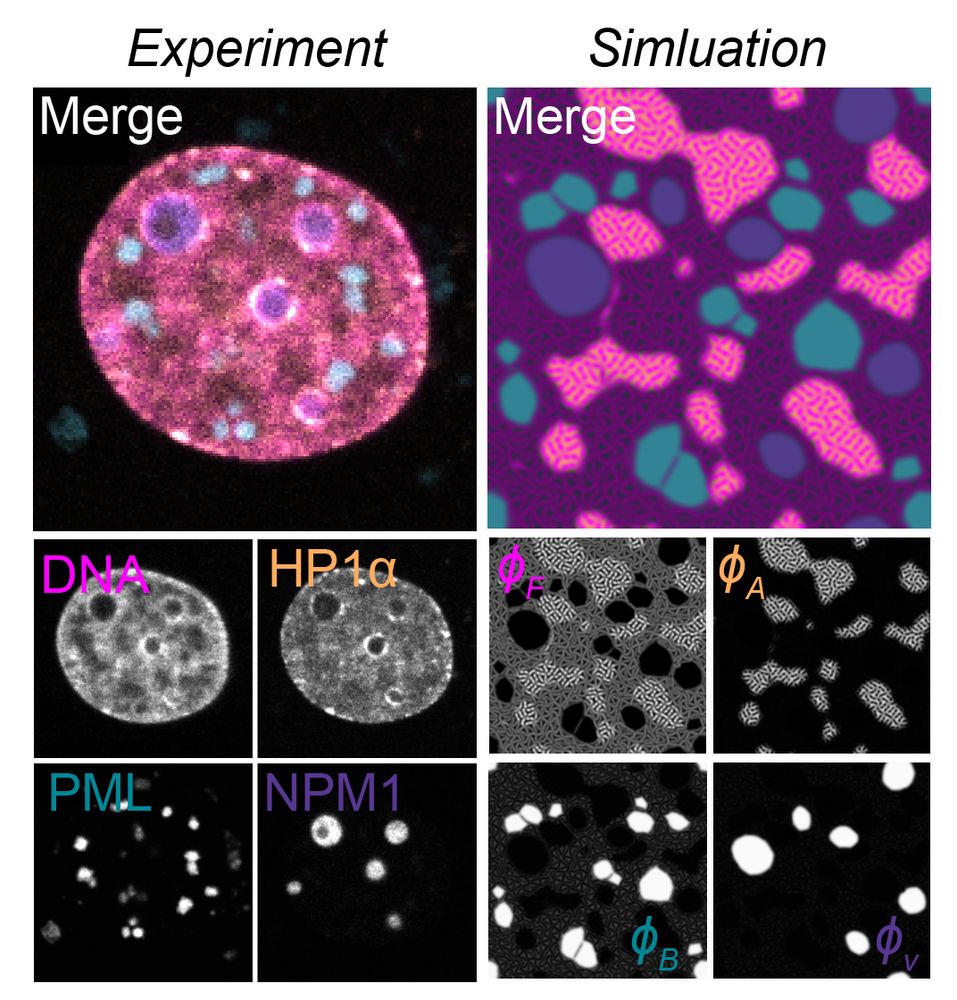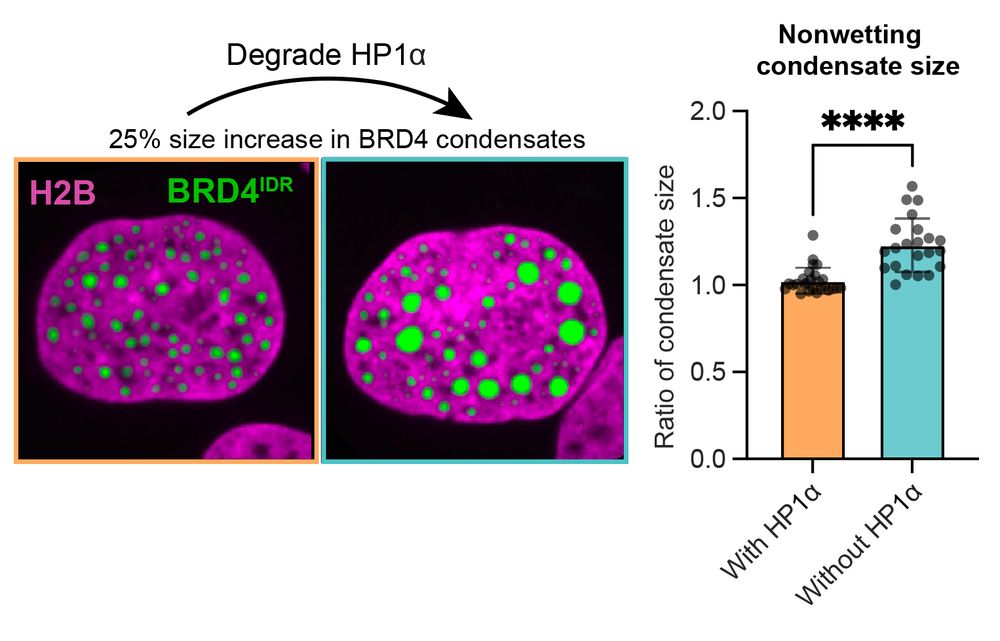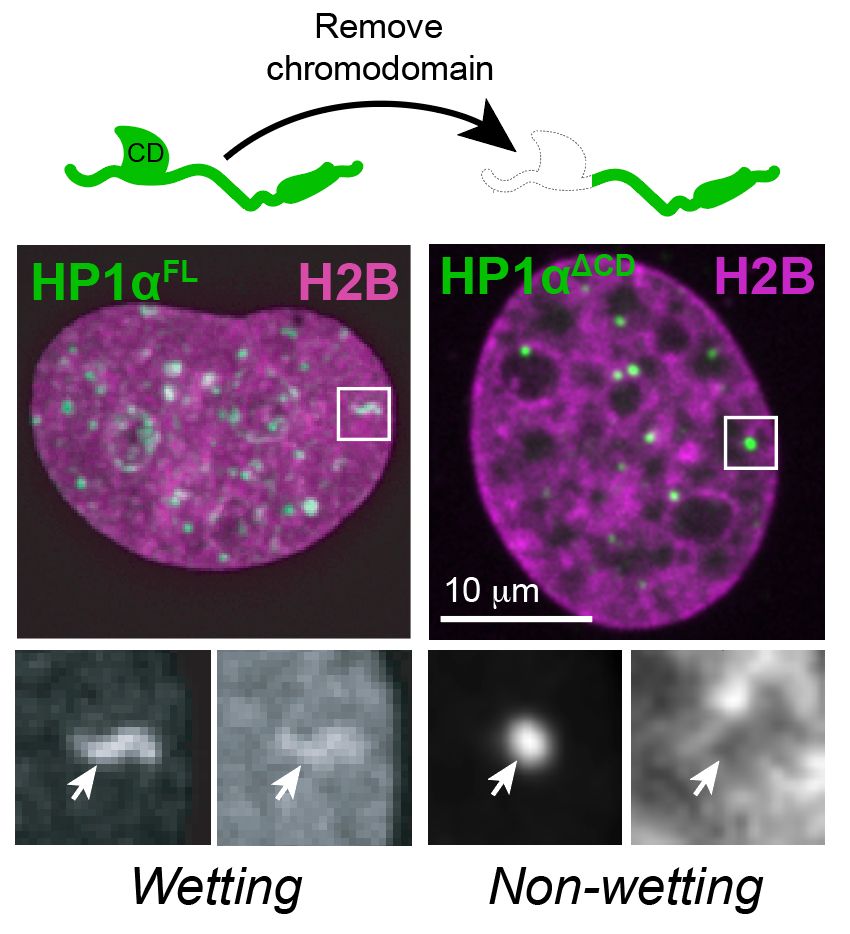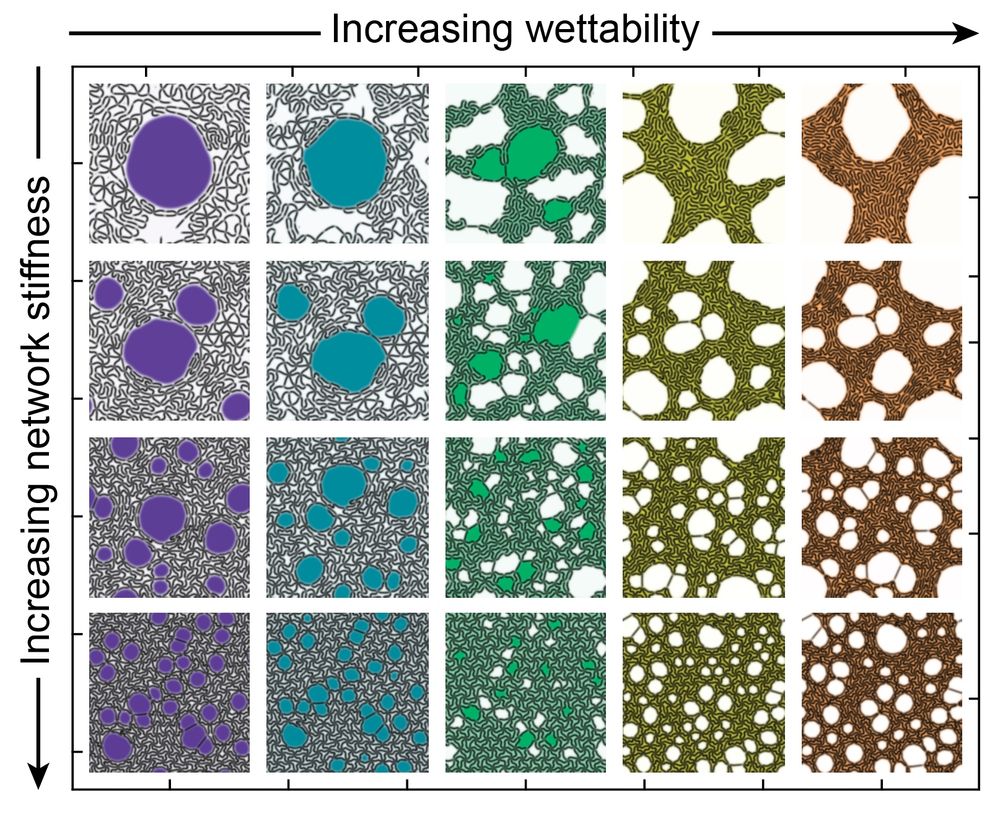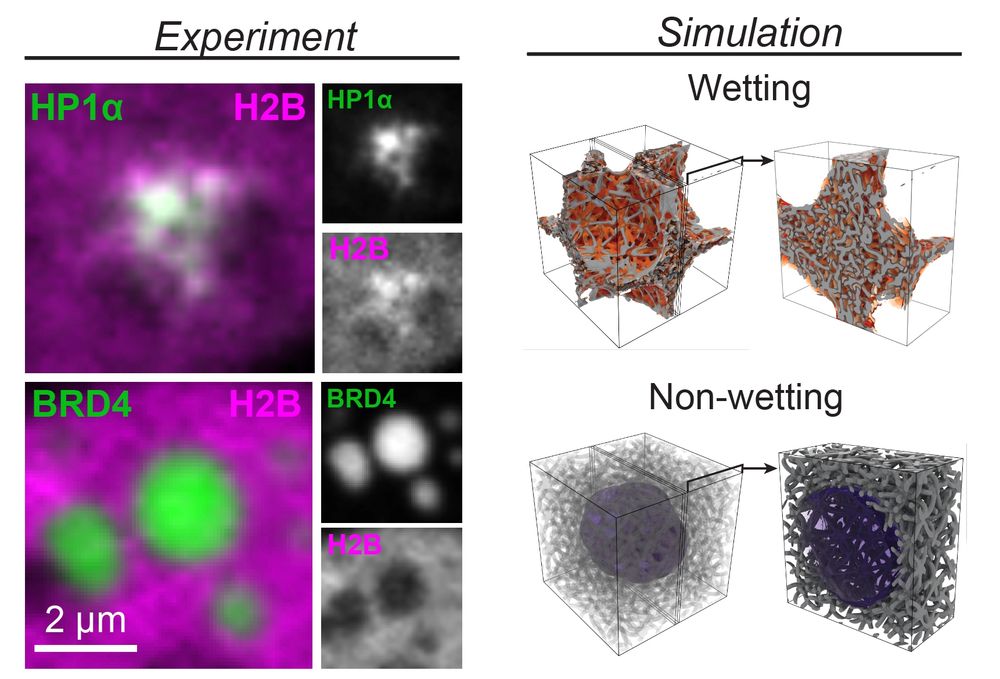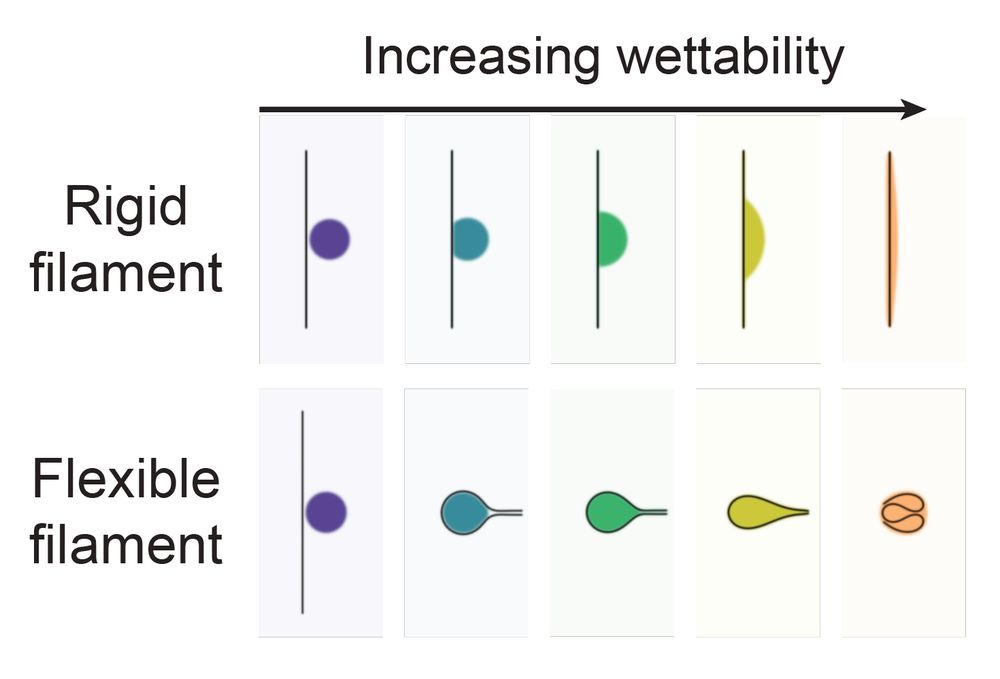Amy Strom
@dnamystrom.bsky.social
220 followers
530 following
25 posts
Chromatin and cancer and condensates. Lab Head in Discovery Oncology at Genentech.
AmyStrom.com
Posts
Media
Videos
Starter Packs
Pinned
Amy Strom
@dnamystrom.bsky.social
· Jul 13
Amy Strom
@dnamystrom.bsky.social
· Jul 7
Amy Strom
@dnamystrom.bsky.social
· Jul 7
Amy Strom
@dnamystrom.bsky.social
· Jun 18
Amy Strom
@dnamystrom.bsky.social
· Jun 17
Amy Strom
@dnamystrom.bsky.social
· Jun 16
